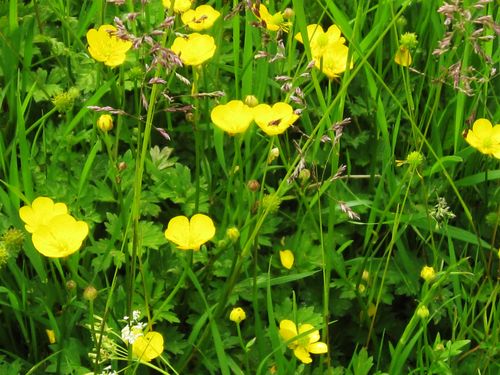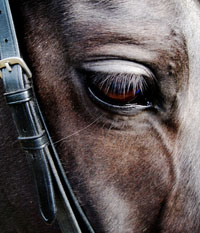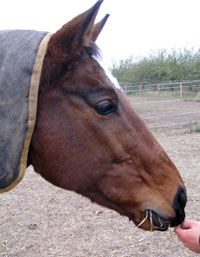
Did you know that buttercups are poisonous?
All parts of the ranunculus species (buttercups, crowfoot, spearwort, marsh marigold) contain the glycoside ranunculin which forms protoanemonin an irritant substance. All domestic animals, including horses, are suscepitible to protoanemonin poisoning.
Buttercups do have a bitter burning taste which acts as a deterrant to horses eating them but when there are large quantities of buttercups in pasture it can become impossible for the horse to avoid them. The highest concentration of protoanemonin is present during flowering.
Symptoms of buttercup poisoning include:
Excess Salivation
Mouth ulcers and difficulty eating
Swelling of the face
Skin blistering
Colic
Diarrhoea
Discoloured urine
Inco-ordination
Staggering
Impaired hearing and sight
Convulsions
Although extremely rare, due to the symptoms stopping the horse or pony from eating, buttercup poisoning can result in death.
Buttercups in hay
Buttercups are non-toxic when dried so you don't need to worry if you find them in hay or haylage.
Removal of buttercups
Buttercups are obviously undesirable in your horses pasture and being an extremely invasive plant they need to be removed. Buttercups thrive in poor compacted soil, aerating and draining the soil will help reduce numbers. Harrowing breaks the runners and reduces numbers. They can be killed by the use of a suitable weed killer but you should note that buttercups appear to be more palatable to animals after the use of weed killers and there is a greater risk of poisoning. Treated pastures should not be grazed for at least 2 weeks after the use of herbicides.




